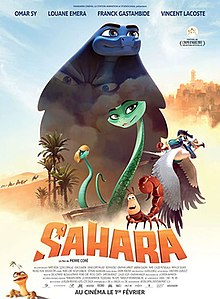 Rabbitvania: Fist of the Lapine
Rabbitvania: Fist of the LapineThe Chinese subcontinent has a storied history, spanning from millennia of imperial rule to twentieth century dictatorships rightist and leftist, the latter holding control beginning in the 1940s. While I don’t exactly hold the current dominant power in the Asian nation, the so-called People’s Republic of China, in high regard, given things such as their disregard for reproductive rights, Tiananmen Square, a blatantly-unenforceable “ban” on reincarnation, and the coronavirus pandemic, they inarguably hold significant cultural and economic sway across the world. What capitalist sects the communist government allows to coexist have also delved into videogames, among them being the Metroidvania
F.I.S.T.: Forged in Shadow Torch, which would see worldwide release.
The game occurs in a dystopian science-fiction world inhabited by anthropomorphic characters, the protagonist being a rabbit named Rayton, who faces an enemy known as the Iron Dogs. Throughout his journey, he discovers many things about other characters including the fate of an old war companion, with things such as faux news report adding supplementary narrative.
F.I.S.T. generally tells its story well, avoiding most standard tropes in Eastern RPGs (then again, it isn’t a Japanese game), with clear direction and the scarce chance that players might get lost throughout the core game. The translation is largely flawless aside from the rare awkward dialogue, with quirks such as the ability to toggle between English and Chinese voicework.
As mentioned,
F.I.S.T. is a Metroidvania, largely leaning towards the Metroid side of the videogame subgenre, since there isn’t any experience acquisition from defeating enemies and leveling per se, money and occasional instant recovery items being the chief rewards from combat. The core gameplay is side-scrolling and action-based, and naturally, there’s no lousy camera about which to concern oneself, Rayton eventually able to execute combinations of attacks from three different types of weapons, beginning with a mechanical fist. With money obtained and in many cases data disks sporadically found, he can unlock other, oftentimes more complicated attacks, although luckily, mastering these is scarcely necessary to complete the core game.
F.I.S.T. also bequeaths elements from the Legend of Zelda franchise, Rayton able to obtain “essences” to increase stats such as his maximum health, three necessary to add to his gauges. At the base town, he can further shop for items such as skeleton keys necessary to open locked chests throughout the large interconnected world, return plant seeds that serve the same purpose as tiny medals from the Dragon Quest games and can reward him with more essences and/or money, and eat noodles at a restaurant for an extra bar of health (or up to three in my experience), among other things. Checkpoints are also plentiful throughout the world where most of the time Rayton can unlock more attacks and recover his health and other consumable stat bars.
Combat is generally enjoyable, accommodating to different playstyles, given the three different mechanical weapons Rayton comes to acquire, with a choice of Easy or Hard difficulties when starting a new game sure to pacify players with different skill levels, and even on the former there are occasional tough moments, though mercifully the game is fair in that regard. Healing units are available whenever health restoration is necessary (though this is unavailable underwater and the player needs to get well-enough away from foes to recover out of water, both adding to the battle system’s effectiveness). The Metroidvania elements also work in sync with combat, which is in the end near-note perfect.
As in many entries of the Metroidvania subgenre, there exists one large contiguous area to explore, with abilities gained throughout Rayton’s quest to enhance exploration such as double-jumping, with the rabbit ultimately being able to dash in any direction, and receiving the eventual capability to open sealed doors through one of his three primary mechanical tools of offense. Fast travel luckily becomes available to revisit the various levels to obtain extra goodies, some of which can really come in handy in the final battles. There are a few minor glitches such as a few mechanical doors taking forever to open and the rare crash, though the frequent autosaving luckily minimizes wasted playtime.
F.I.S.T. features music that syncs well with its setting and atmosphere, such as many techno and mechanical-sounding pieces that are never out of place, along with superb instrumentation making use of the saxophone, mixed percussion, and the like. Voice acting also exists, available in both English and Chinese, each very well fitting the various characters, and the sound effects, as in any contemporary videogame, are definitely believable. Some points rely a bit on ambience, but otherwise, the game is a very good aural experience.
Visually,
F.I.S.T. also does well, with a realistic style that contains an excellent attention to detail, particularly regarding the fur of the various species, and well-designed environments that do a nice job conveying the dark, dystopian atmosphere of the game. There are occasional visual glitches such as pop-up regarding NPCs and sometimes environments, but they luckily by no means break the game, and the graphics are definitely eye candy, potentially appearing better on a PlayStation 5.
Finally,
F.I.S.T. is one of the longer Metroidvanias, taking at least twelve hours to complete, although things such as exploring every corner of the interconnected world and achieving every Trophy can boost playtime well beyond that range, accounting for plentiful lasting appeal.
All things considered,
F.I.S.T.: Forged in Shadow Torch is inarguably one of the greatest accomplishments ever to emerge from Red China. It contains excellent Metroidvania gameplay, with the combat and exploration complementing one another very well. The narrative is also superb and well-paced given player potential to breeze through it, with plenty of background, and never feels forced down the player’s throat. The sound and visuals also complement the game’s setting well, almost never feeling out of place. There are some minor technical hiccups, although these scarcely detract from the experience, and not only is the game a great way for China’s youth to spend their government-restricted free time, it also very well scratches those Metroidvania and furry videogame itches comfortably.
This review is based on a playthrough of a digital copy downloaded to the reviewer’s PlayStation 4 to the standard ending, with 45% of Trophies acquired and 90% progress made on Easy mode.The Good:+Superb Metroidvania gameplay and exploration.
+Excellent narrative and atmosphere.
+Great soundtrack and voicework.
+Visuals fit the game’s setting well.
+Plentiful lasting appeal.
The Bad:-Some minor technical issues.
The Bottom Line:“Required reading” for anyone with a passing interest in Metroidvanias and/or furry videogames.
Score Breakdown:Platform: PlayStation 4
Game Mechanics: 10/10
Controls: 9.0/10
Story: 10/10
Localization: 9.5/10
Music/Sound: 9.5/10
Graphics: 9.0/10
Lasting Appeal: 10/10
Difficulty: Adjustable
Playing Time: 12-48 Hours
Overall: 10/10
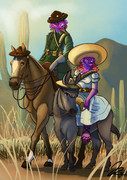
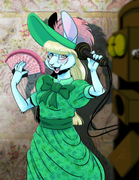
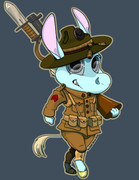
 The Path of Daggers by Robert Jordan
The Path of Daggers by Robert Jordan
 Heaven's Door by J.N. Chaney
Heaven's Door by J.N. Chaney
 A Crown of Swords by Robert Jordan
A Crown of Swords by Robert Jordan Lord of Chaos by Robert Jordan
Lord of Chaos by Robert Jordan Rage of Night by J.N. Chaney
Rage of Night by J.N. Chaney
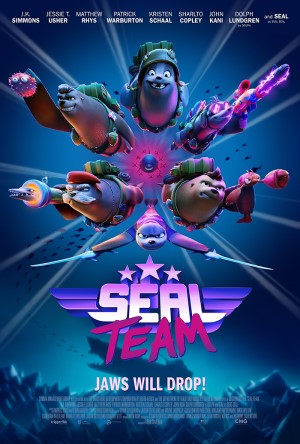
 Worlds Apart by J.N. Chaney
Worlds Apart by J.N. Chaney The Fires of Heaven by Robert Jordan
The Fires of Heaven by Robert Jordan
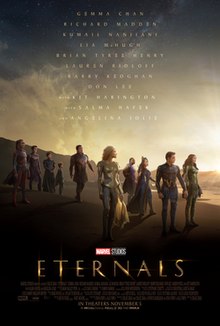
 Dawn of Empire by J.N. Chaney
Dawn of Empire by J.N. Chaney The Shadow Rising by Robert Jordan
The Shadow Rising by Robert Jordan


